Innovative Marketing Strategies
Innovative marketing strategies employed by brands in the almond milk market are significantly influencing consumer choices. Companies are increasingly utilizing social media platforms and influencer partnerships to reach a broader audience. This approach not only enhances brand visibility but also educates consumers about the benefits of almond milk. Recent statistics indicate that brands leveraging digital marketing have seen sales increases of up to 30%. This suggests that effective marketing campaigns are crucial for driving growth in the almond milk market, as they resonate with health-conscious consumers who are eager to explore new products.
Rising Veganism and Plant-Based Diets
The increasing adoption of veganism and plant-based diets in North America appears to be a pivotal driver for the almond milk market. As consumers become more health-conscious, they are actively seeking alternatives to dairy products. Almond milk, being a popular plant-based option, aligns well with these dietary preferences. According to recent data, the plant-based milk segment, which includes almond milk, has experienced a growth rate of approximately 20% annually. This trend suggests that the almond milk market is likely to expand further as more individuals transition to vegan lifestyles, seeking nutritious and sustainable options that align with their ethical beliefs.
Environmental Concerns and Sustainability
Environmental concerns regarding dairy farming practices are driving consumers towards almond milk as a more sustainable alternative. The almond milk market is benefiting from a shift in consumer preferences towards products that are perceived as environmentally friendly. Almond milk production generally requires less water and land compared to dairy milk, which resonates with eco-conscious consumers. Recent surveys indicate that approximately 60% of consumers are willing to pay a premium for sustainable products. This suggests that the almond milk market may experience growth as more individuals prioritize sustainability in their purchasing decisions.
Health Benefits and Nutritional Awareness
The growing awareness of the health benefits associated with almond milk is a significant driver for the almond milk market. Almond milk is often perceived as a healthier alternative to traditional dairy, being lower in calories and lactose-free. Research indicates that almond milk contains essential vitamins and minerals, such as vitamin E and calcium, which appeal to health-conscious consumers. As nutritional awareness continues to rise, more individuals are likely to incorporate almond milk into their diets. This trend suggests that the almond milk market will benefit from an increasing consumer focus on health and wellness.
Increased Availability in Retail Channels
The expansion of retail channels offering almond milk is a notable driver for the almond milk market. Supermarkets, health food stores, and online platforms are increasingly stocking a variety of almond milk products, making them more accessible to consumers. Data shows that the availability of almond milk in major retail chains has increased by over 40% in the past few years. This enhanced accessibility likely contributes to the growing consumer base, as individuals are more inclined to purchase products that are readily available. Consequently, the almond milk market is poised for continued growth as distribution channels expand.


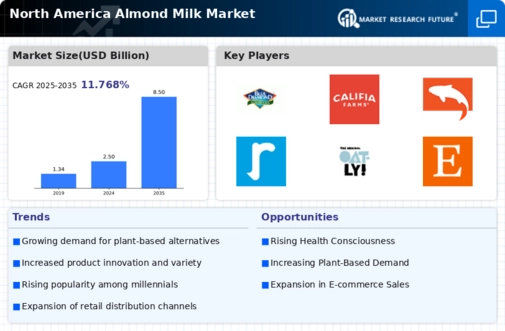
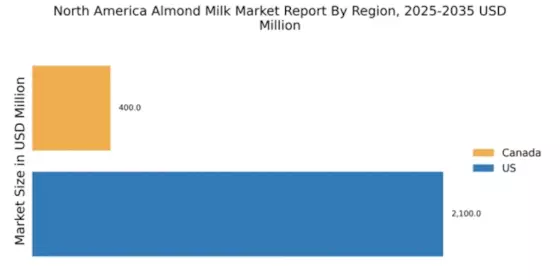

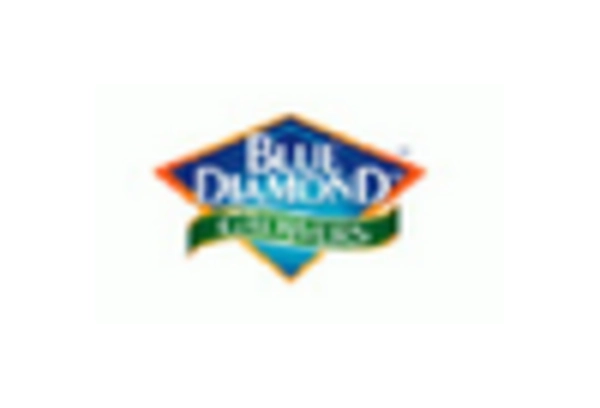
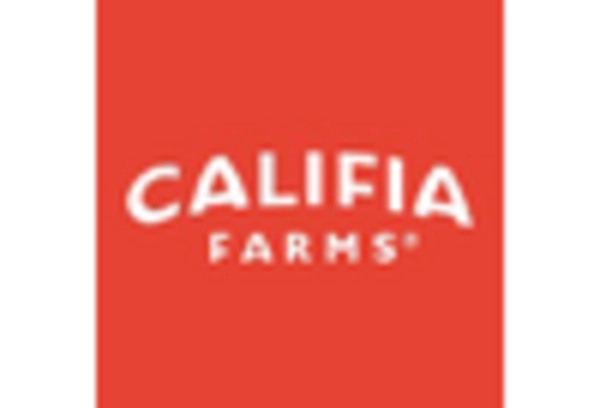
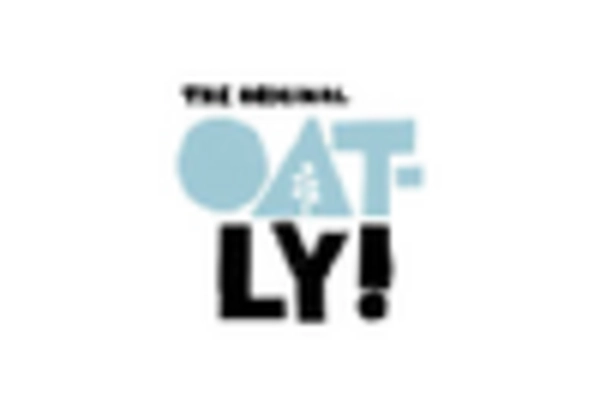
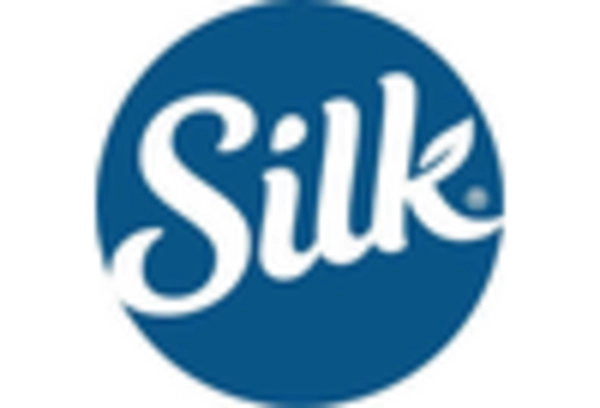
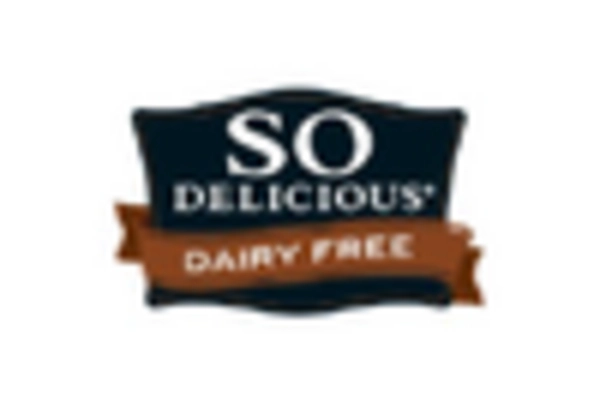








Leave a Comment